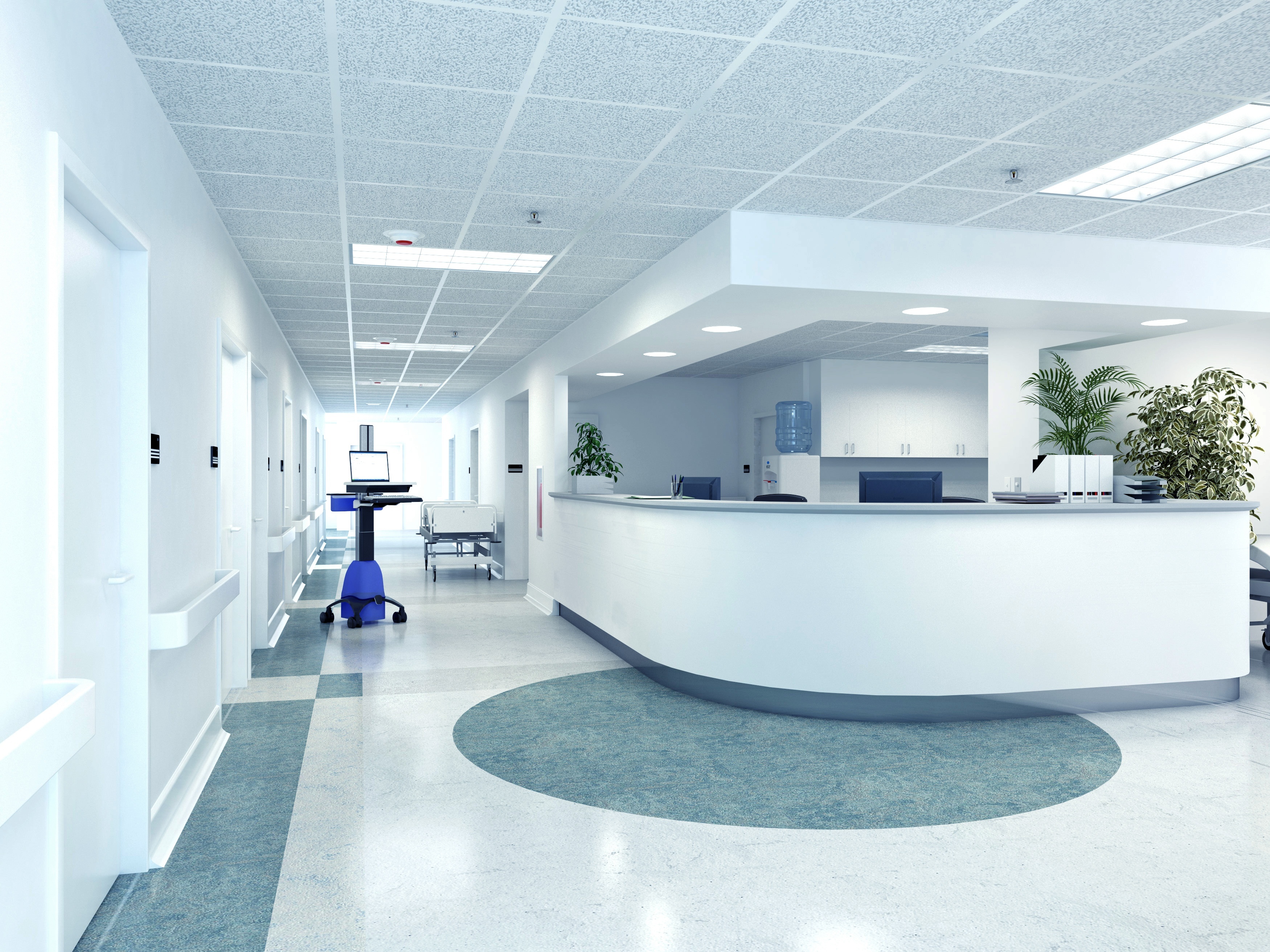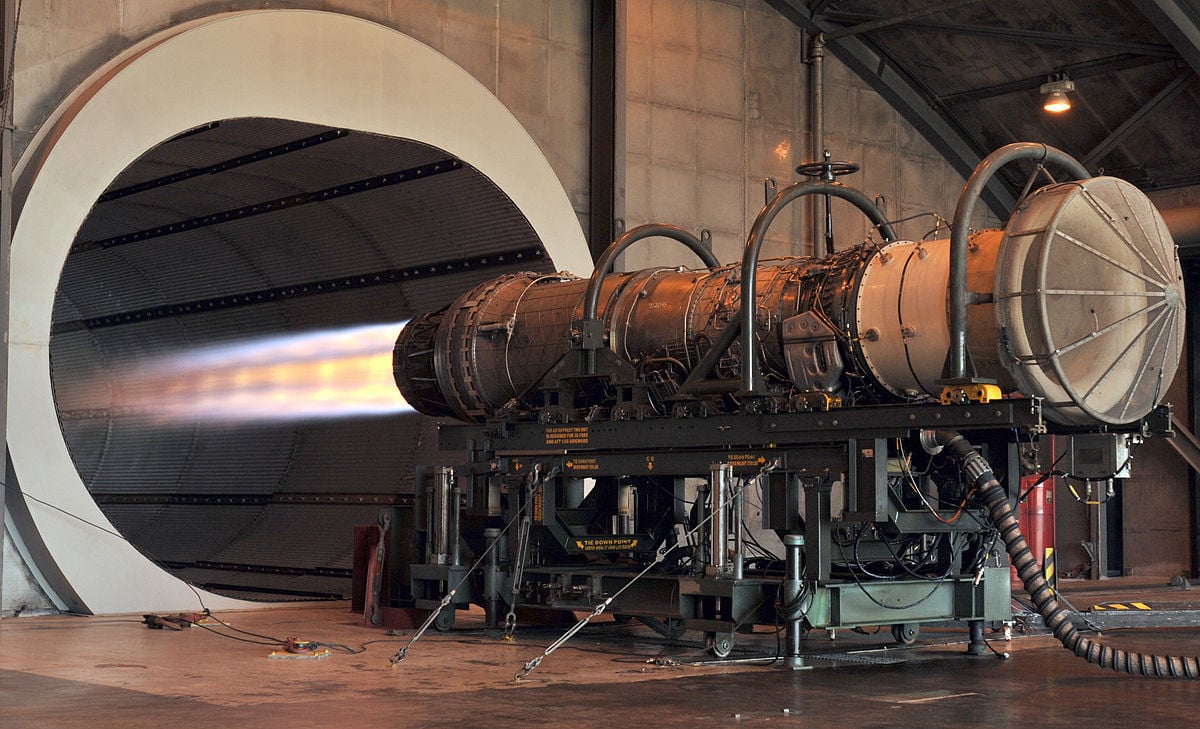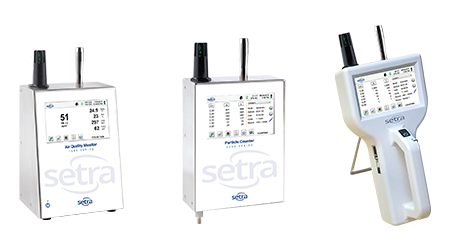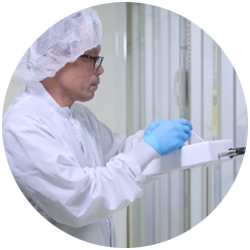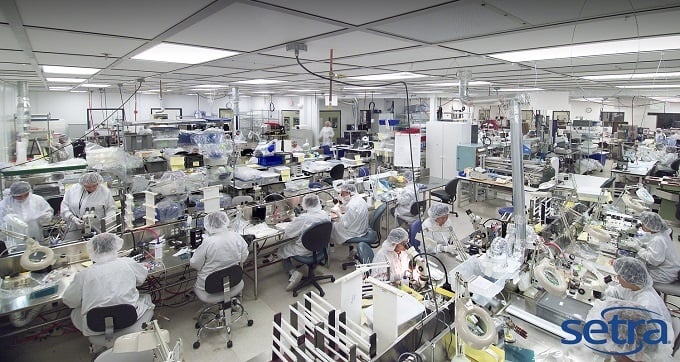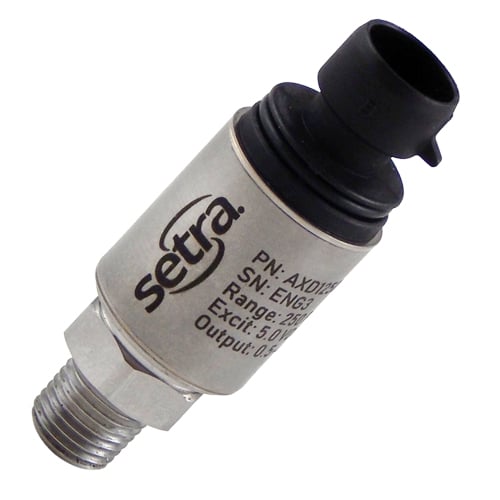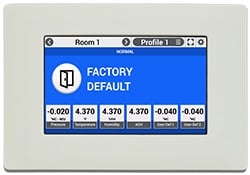In a hospital environment, alarm fatigue is an increasingly prevalent issue. Alarm fatigue is the sensory overload when clinicians are exposed to an excessive number of alarms; this can result in staff ignoring alarms, particularly if different devices employ similar sounds or frequencies. Nuisance alarms are those not representative of a patient in danger but come from devices that don't allow configuration for non-critical circumstances.
Setra Blog
February 15, 2019
Models ASL and ASM: Pressure Transducers Designed for Your Aerospace Test Equipment
Test & Measurement application requirements are usually more rigorous than generic industrial specifications. Pressure measurement solutions for Test Stands require much higher accuracy, higher repeatability, and long-term stability. Durability and mechanical protection are often key specifications in these applications as well.
Twice a year, many critical environments - such as compounding pharmacies and cleanrooms - undergo particle certification. To obtain room certification, either a minimum sample volume (as written in the EC GMP Annex 1) should be taken, or the sequential sampling technique (as identified in both FS209E and ISO 14644-1) should be used. However, since this particle certification usually occurs only every six months, many critical environments are unaware of their particle counts during the remainder of the year.
Flow rate is important to consider when selecting a particle counter for a critical environment. The flow rate of a particle counter is the rate at which a pump draws air through the sample chamber, measured in cubic feet per minute (cfm). Two common flow rates for particle counters are 1 cfm and 0.1 cfm. Depending on the application, each flow rate can be valuable.
USP 800 is the standard governing hazardous drugs and their handling during receipt, storage, compounding, dispensing, administration, and disposal of both sterile and nonsterile preparation. USP 800 is in place to protect personnel and environments from hazardous drugs compounds, such as those in chemotherapy drugs or radiopharmaceuticals. USP 800 focuses on the safe handling of hazardous drugs (HDs) to minimize the risk of exposure to healthcare personnel, patients, and the environment. A drug is considered hazardous if
Introducing Setra’s new Power Meter! Available mid-2019, the new Power Meter is making its debut at AHR 2019.
Setra FLEX Environmental Monitor helps to ensure safe and energy-efficient indoor environmental and ventilation control conditions for pressurized critical spaces. Compliance with the standards and regulations for monitoring and control of critical environments requires highly reliable yet easy to use products, and FLEX was designed with compliance of these standards in mind. FLEX is the highest performing and most flexible room monitor and controller in the industry.
Setra’s latest innovation and addition to our extensive line of industrial pressure transducers is the Model AXD™ pressure sensor. The Model AXD is Setra’s most versatile pressure transducer yet. The Model AXD is for high performance applications where reliability and versatility are key, all at an affordable price.
Setra FLEX is a comprehensive environmental monitoring system for critical environments. Winner of the 2018 AHR Innovation Award in the Building Automation category, FLEX provides flexible room control and monitoring in a pre-configured, simple to use unit.
Relative humidity (%RH) is a measurement of how much water vapor is in the air compared to how much water vapor could be in the air. Monitoring relative humidity is important in a variety of environments, from office spaces to operating rooms to industrial manufacturing.
Subscribe to Our Blog!
Topics
- Critical Environments (182)
- HVAC/R (179)
- General Industrial (153)
- Building Automation (134)
- General Industrial OEM (92)
- Energy Management (85)
- Test and Measurement (66)
- HVAC/R OEM (58)
- Barometric (44)
- Alternative Fuels (42)
- Medical (40)
- Process/Mfg Tank Level (40)
- Water and Wastewater (39)
- OHV (38)
- Oil and Gas (35)
- Industrial Vacuum (29)
- Calibration (25)
- Semiconductor (25)
- Particle Counting (18)
- Cleanroom Monitoring (17)
- Room Pressure Monitoring (16)
- Trade Show (12)
- cleanroom environment (12)
- Scales (11)
- Environmental Monitoring (10)
- Power Monitoring (10)
- Healthcare (9)
- Power Meters (9)
- Software (9)
- cleanroom monitoring systems (9)
- Case Study (8)
- critical environment technologies (8)
- Humidity (7)
- data centers (7)
- particle counter (6)
- pressure transducers (6)
- LITE room pressure monitor (5)
- hardware and software cleanroom monitoring systems (5)
- setra lite (5)
- Compliance (3)
- Video (3)
- hospital spaces (3)
- FAQ & Troubleshooting (2)
- Monitoring Compounding Pharmacies (2)
- Semiconductor Manufacturing (2)
- agencies that monitor pharmacies (2)
- energy (2)
- hvac (2)
- laboratories (2)
- monitor compound pharmacy (2)
- protected environment (2)
- regulatory compliance (2)
- setra lite features (2)
- usp 797 (2)
- Current Sensors and Transducers (1)
- Current Transformers (1)
- Pressure (1)
- aerospace cleanrooms (1)
- cems (1)
- digital transformation (1)
- ipv6 multicast (1)
- ipv6 multicast address (1)
- ipv6 multicast address range (1)
- isolation room pressure monitoring (1)
- multicast address ipv6 (1)
- multicast ipv6 (1)
- operating room (1)
- pharma 4.0 (1)
- pressure sensor (1)
- pressure transducer companies (1)
- semi conductor (1)
- sensors and transducers (1)
- setra pressure transducers (1)
- submetering (1)
- sustainability (1)
- temperature monitor (1)
- temperature monitoring for pharmacies (1)
- transducers (1)
- usp 800 (1)
- water (1)
- what does hvac stand for (1)
- what is a transducer (1)
- what is hvac (1)

